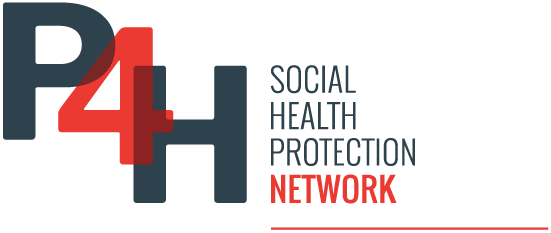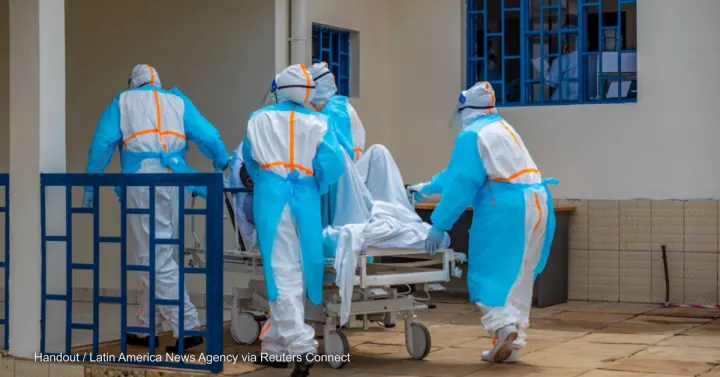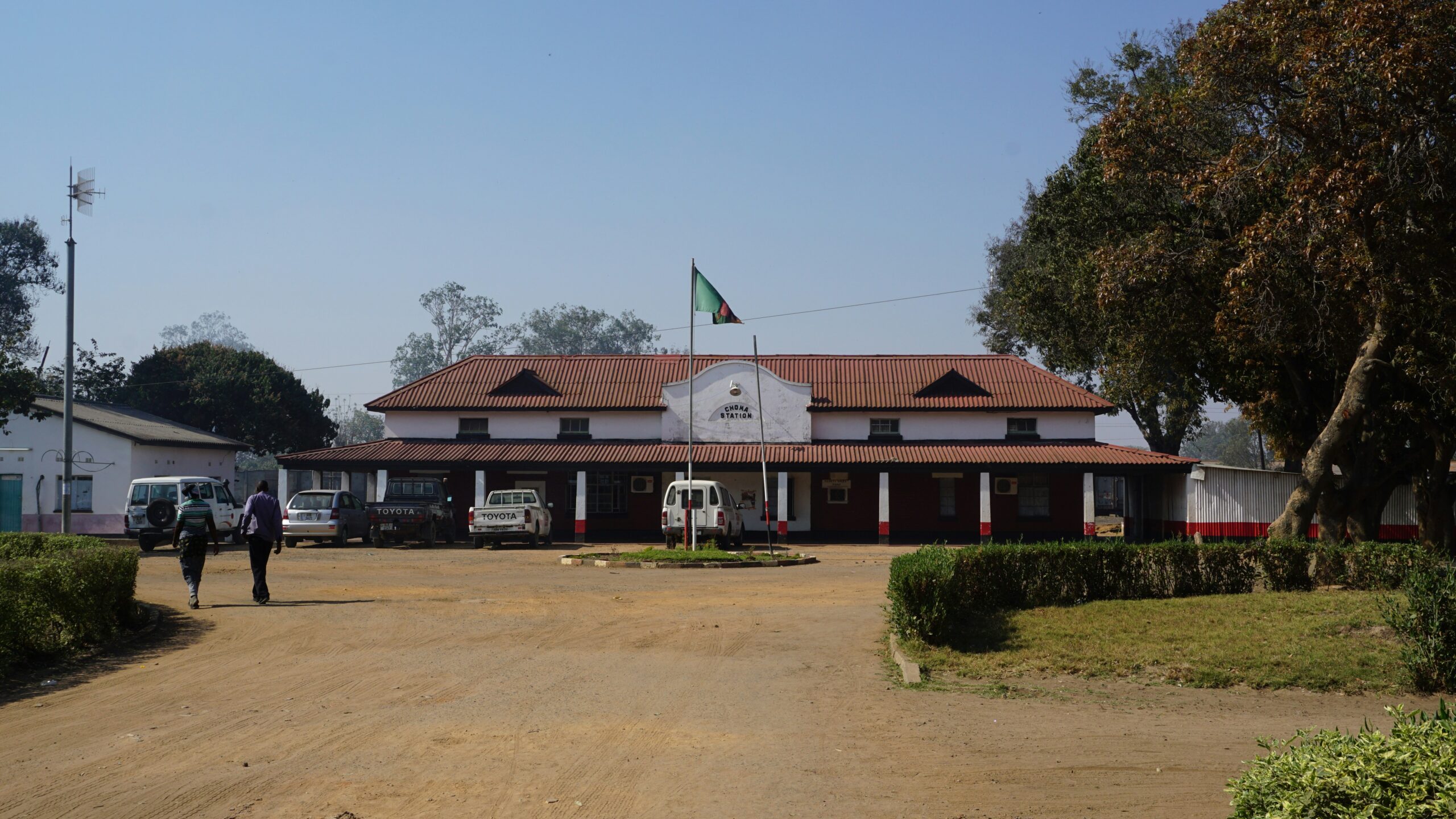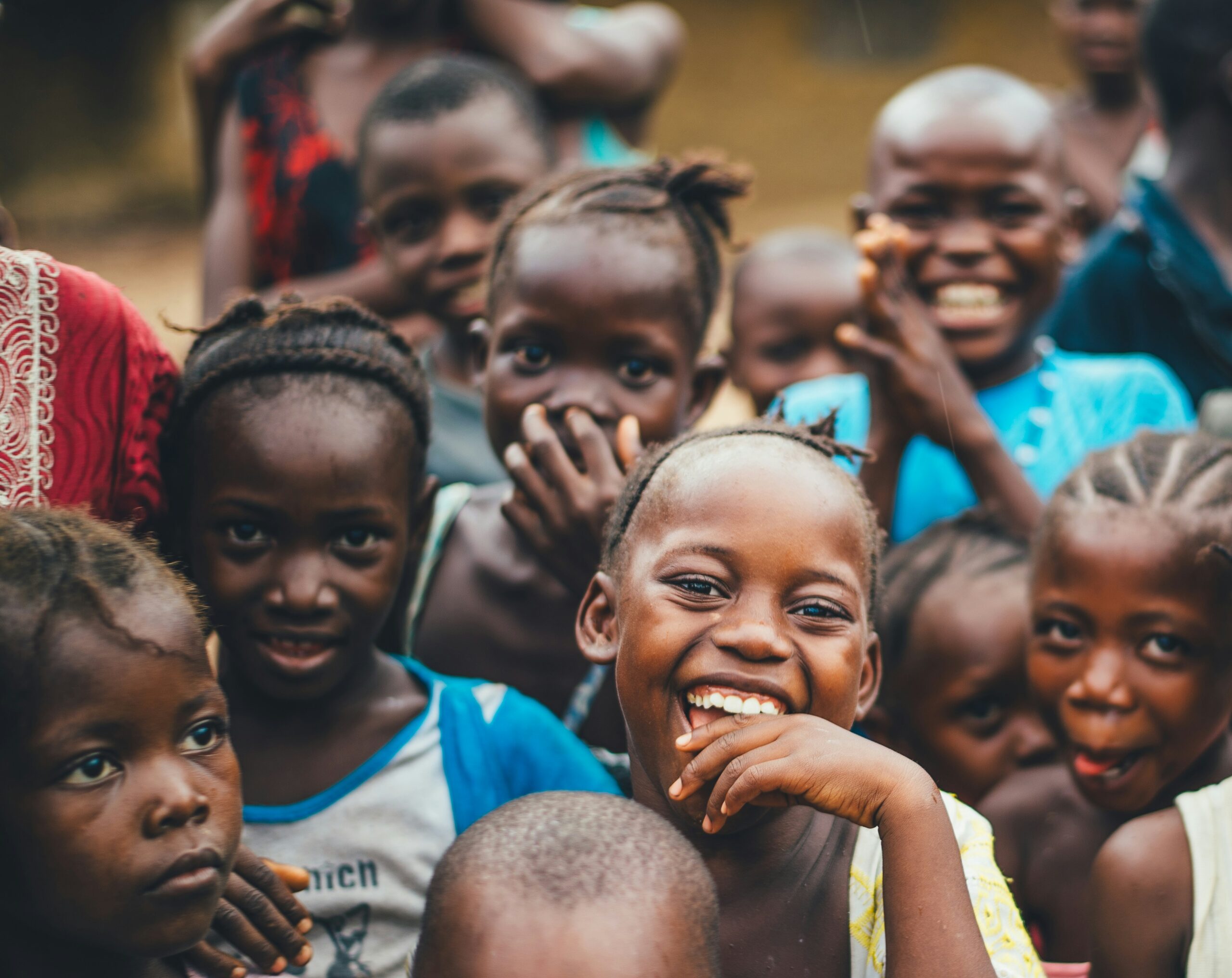The Pandemic Treaty offers a unique chance to transform global pandemic financing. By enhancing the IMF’s Resilience and Sustainability Facility (RSF), adopting innovative funding models, and improving coordination, the world can shift from reactive to proactive funding. This approach aims for a sustainable, scalable, and country-led system, ensuring resilience against future pandemics.
This blog post was first published by the Center for Global Development on 24 September, 2025.
The global health community stands at a pivotal moment. The approval of the Pandemic Treaty—alongside renewed momentum from the G20 and the High-Level Independent Panel under South Africa’s presidency—signals a historic opportunity to reshape how the world finances pandemic prevention, preparedness, and response (PPR).
Recent data from the OECD and World Health Organization (WHO) underscore the urgency of action. While global and domestic investments in PPR are substantial, the financing landscape remains uneven, with striking disparities across income groups.
In 2022, an estimated $230 billion was spent on PPR-related activities. The majority—$167 billion—was concentrated in high-income countries, compared to $53 billion in upper-middle-income countries, $8 billion in lower-middle-income countries, and just $2 billion in low-income countries. On per capita basis, lower-middle and low-income countries invested $3 annually—forty times less than the $120 per capita spent in high-income countries.
While the creation of the Pandemic Fund marked a significant step forward, the broader financing ecosystem remains fragmented. The IMF’s Resilience and Sustainability Facility (RSF), despite its potential to support long-term investment at highly concessional rates, remains underutilized for PPR. Crucially, there is still no scalable model for blended finance that bridges short-term emergency needs with long-term resilience. Building better synergies that contribute to more sustainable and efficient financing models are therefore essential.
Strengthening PPR financing ecosystem
To move from fragmented efforts to a coherent, scalable, and sustainable financing architecture, three strategic shifts are needed:
1. Promote greater use of the RSF for PPR
The RSF is a powerful yet underused instrument for PPR. To unlock its full potential, it is essential to promote broader uptake, update eligibility criteria, and draw lessons from the experience of early adopters.
Raise awareness among ministries of finance and health about RSF’s relevance to PPR:
Elevating the profile of the RSF and deepening understanding of its benefits requires high-level engagement from both development partners and governments. Introduced three years ago to support the climate transition and PPR, the RSF has attracted pledges totaling Special Drawing Rights (SDR) of 35.8 billion (approximately $46 billion, with 1 SDR ≈ $1.27) from contributing countries. Its design offers a unique opportunity to align PPR investments with macroeconomic reforms, leveraging IMF program frameworks and surveillance, and incorporating reform measures developed in collaboration with the World Bank and WHO.
Despite this potential, uptake for PPR purposes has been limited: of the 26 countries that have accessed the RSF, only one has sought financing specifically for PPR. This limited use may reflect a perception among many governments—following substantial COVID-19 spending—that the next pandemic is a distant risk. As a result, awareness of the RSF’s relevance to PPR has remained low among ministries of finance and health.
Revise eligibility criteria to make RSF more accessible to countries with high PPR funding needs:
In addition to high-level promotion, reforms to the RSF’s eligibility criteria and program design could help boost uptake. At present, access to an RSF arrangement is limited to countries that maintain an Upper Credit Tranche (UCT) program, with at least 18 months remaining. UCT programs require the borrowing country to commit to a series of economic reforms, known as “conditionality.” These conditions are designed to address the underlying causes of the country’s financial problems. Moreover, the ceiling on RSF financing—set at 150 percent of a country’s IMF quota—creates a disincentive for smaller countries, for whom the absolute amounts available are relatively modest. An IMF quota is the financial contribution a member country makes to the IMF.
Draw lessons from Jordan’s RSF arrangement as a blueprint for integrating PPR into national reform strategies:
Jordan’s 2025 RSF arrangement, the first approved PPR agreement, offers a compelling model. This case shows how RSF can be effectively operationalized to embed PPR within broader national reform efforts. It incorporates four targeted measures: mandating an emergency-ready health benefit package, codifying public health emergency financing, establishing a governance framework for interagency coordination, and creating systems to monitor and report health emergency spending. These reforms closely aligned with Jordan’s broader policy agenda, reinforcing domestic ownership. Importantly, Jordan’s experience demonstrates the RSF’s potential to accelerate PPR-relevant public financial management (PFM) reforms by addressing the mechanics of PPR spending—an often overlooked but essential component.
2. Mainstream new financing models
The COVID-19 pandemic exposed a critical vulnerability in global health financing: an overwhelming reliance on off-budget grants, particularly in low- and middle-income countries. While such grants played a vital role in the emergency response, they often bypass domestic systems, limiting sustainability, accountability, and country ownership. To build a more resilient and integrated PPR financing architecture, a strategic shift is needed—one that complements continued replenishment of the Pandemic Fund with broader adoption of blended and on-budget financing models.
Systematize blending grants and loans:
Blended finance offers a pathway to scale up PPR investments while aligning incentives across stakeholders. By combining grants from global health initiatives with concessional loans from multilateral development banks (MDBs), countries can unlock larger volumes of financing while maintaining affordability. This approach also encourages co-investment and long-term planning, embedding PPR into national development strategies and increasing the likelihood that investments are country-owned and maintained through domestic resources.
Explore innovative instruments:
New instruments can further diversify and stabilize PPR financing. Debt-for-development swaps—highlighted at the Fourth International Conference on Financing for Development, in 2025—offer a promising mechanism to redirect debt servicing toward development goals that can include PPR. Similarly, aligning public development bank lending with national health security priorities can help ensure that financing supports strategic reforms rather than fragmented interventions.
Introduce transitional financing:
To bridge the gap between emergency response and long-term resilience, countries need access to “transitional financing”—targeted, time-bound investments that support countries’ transition processes. Areas such as supply chain or strengthened public financial management are foundational to having effective domestic PPR systems, but are often overlooked in traditional funding models. Transitional financing can support targeted reforms in these areas, while countries are transitioning out of traditional donor funding arrangements. By mainstreaming these approaches, the global community can move beyond reactive funding cycles toward a coherent, country-led financing ecosystem—one that is scalable, sustainable, and aligned with broader development goals.
3. Strengthen coordination and accountability
Despite growing political momentum and increased funding flows, the pandemic preparedness financing landscape remains fragmented and siloed, undermining efficiency and impact. Without stronger coordination and clearer accountability mechanisms, resources risk being duplicated, misaligned, or underutilized. A more coherent and integrated financing architecture is urgently needed—one that brings together key mechanisms, aligns priorities, and ensures transparent tracking of resources and results.
Enhance synergies between the Pandemic Fund and RSF:
The Pandemic Fund and the RSF each offer unique strengths—but their potential is maximized if they operate in tandem. Through joint planning, shared metrics, and strategic alignment, the two can reinforce one another; the Pandemic Fund can catalyze urgent investments, while RSF embeds PPR into long-term macroeconomic reform. Coordinated deployment can also reduce transaction costs and improve country-level coherence.
Empower the Pandemic Treaty’s Coordinating Financial Mechanism (CFM):
The Coordinating Financial Mechanism should serve as the central hub for pandemic financing—facilitating resource tracking; priority-setting; and technical support across donors, implementing agencies, and national governments. By consolidating information and offering strategic guidance, the CFM can ensure that financing flows are responsive, equitable, and aligned with national needs. Countries and partners should move quickly to operationalize this mechanism working closely with MDBs and the Pandemic Fund.
Establish a global tracking system for PPR spending:
Transparency is the cornerstone of accountability. A global tracking system for PPR spending—covering both domestic and external resources—would enable benchmarking, gap analysis, and performance monitoring across countries and institutions. Such a system would empower stakeholders to make more informed decisions, foster trust, and strengthen accountability. MDBs and the Pandemic Fund could play a leading role by financing improved financial flow tracking mechanisms as a genuine global public good.
Conclusion
The approval of the Pandemic Treaty and renewed global momentum provide a once-in-a-generation opportunity to reshape how the world finances pandemic prevention, preparedness, and response. By expanding the use of the RSF, mainstreaming innovative financing models, and strengthening coordination and accountability, the global community can move beyond fragmented, reactive funding toward a coherent system that is scalable, sustainable, and country-led. Seizing this moment is essential to ensure that future pandemics are met with resilience rather than vulnerability.
DISCLAIMER
CGD blog posts reflect the views of the authors, drawing on prior research and experience in their areas of expertise. CGD is a nonpartisan, independent organization and does not take institutional positions.







